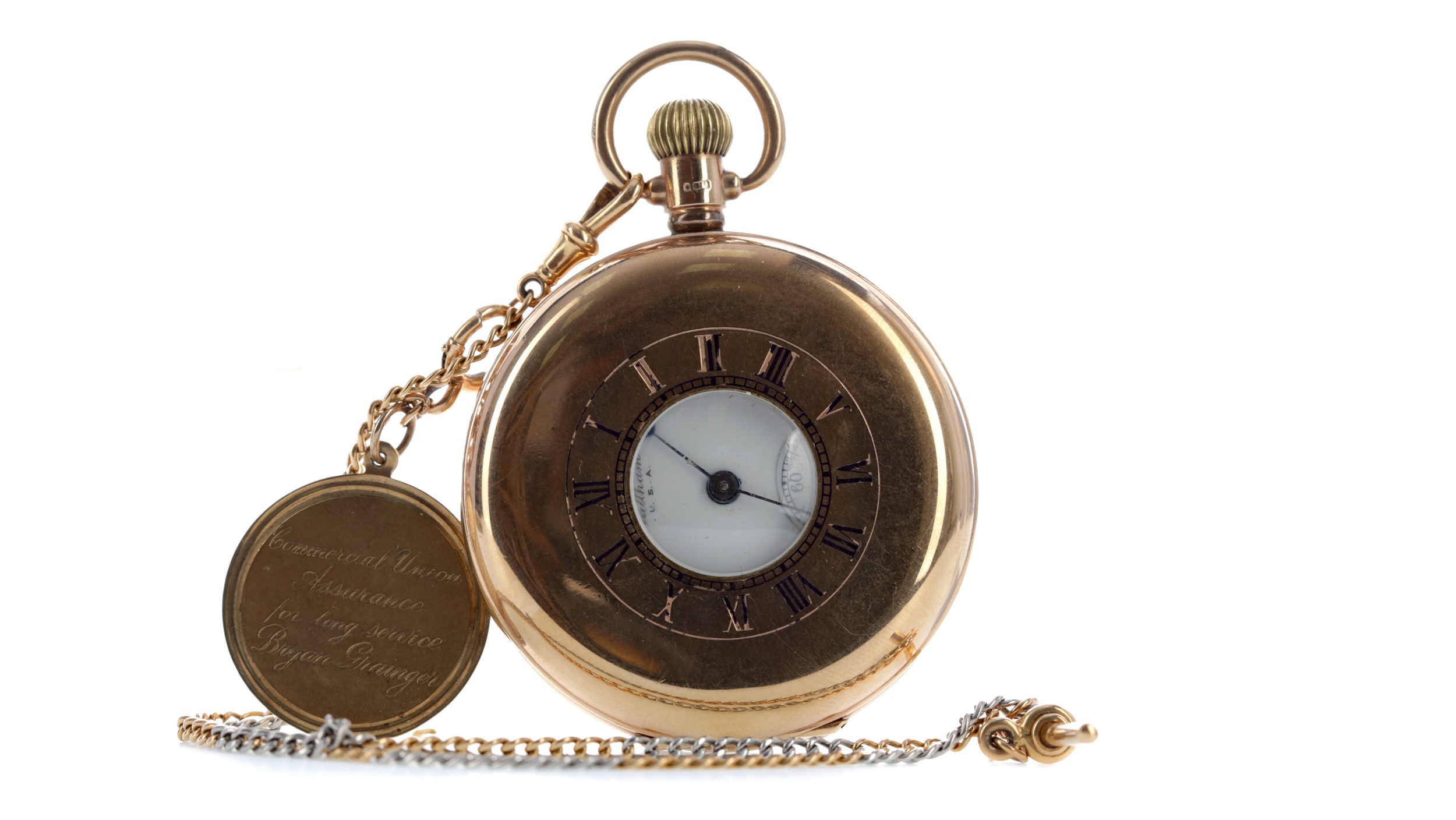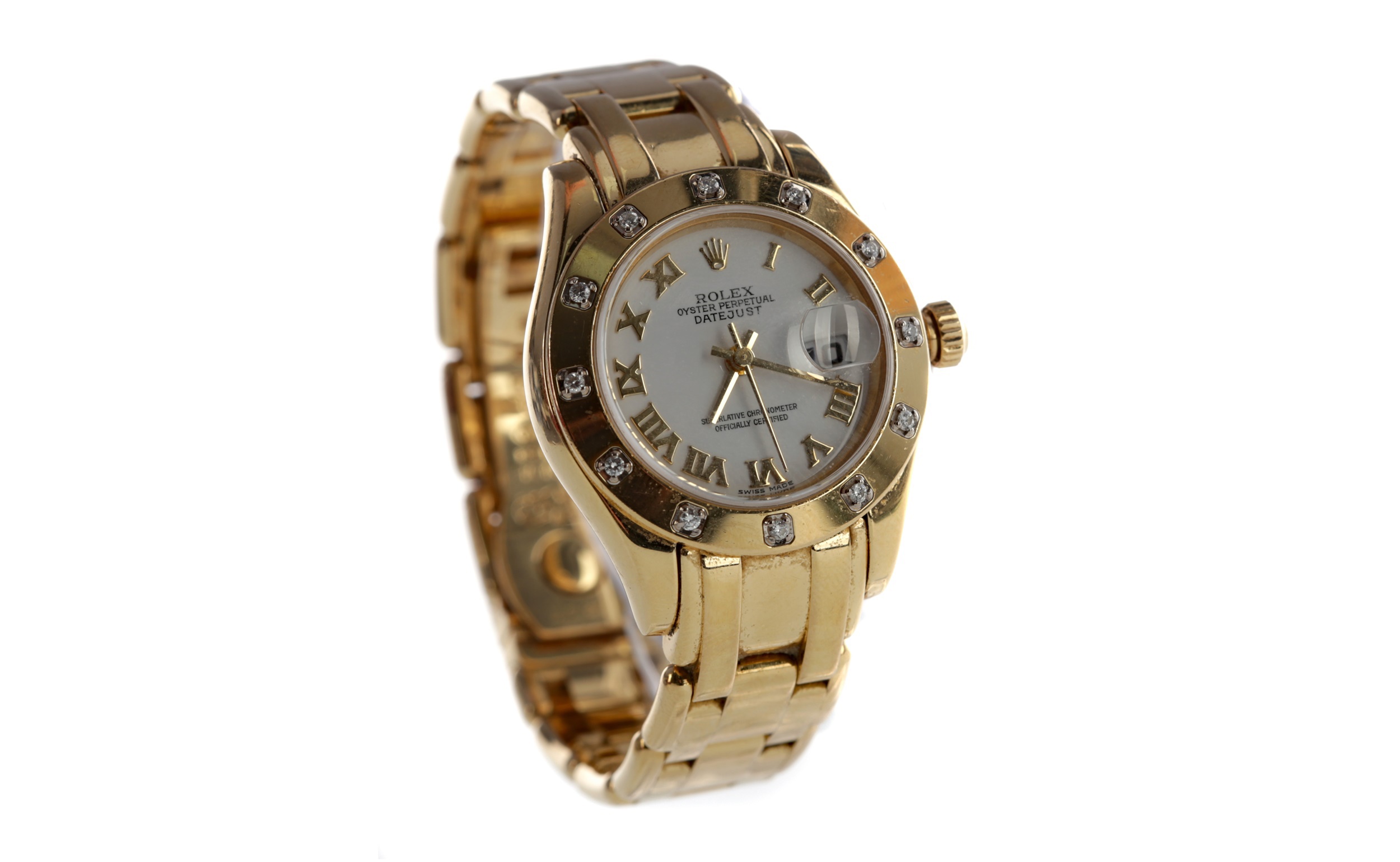The Art of Timekeeping
Timekeeping has been on a journey for thousands of years and has seen many devices and theories on the best way to track time.
The ancient Egyptians are credited with revolutionising timekeeping by separating the day into two twelve hour segments. By using large obelisks, many of which are still standing today, they could track the movements of the sun which would give them an indication of which hour of the day it was. They are also credited with developing water clocks which were also adopted by the Persians and Ancient Greeks.
On the journey through time, many devices have been developed to aid timekeeping with candle clocks, hourglasses and sundials all proving reliable. Over thousands of years, this grew into mantle clocks where people could keep track of time from their own homes but what happened when they went outside? Knowing the time wasn’t nearly as accessible.
Pocket watches were first recorded in 1510 and were used mainly by men who were out working and doing business, but women needed to know the time too! Pocket watches were regarded as too big and heavy for a lady and would only be kept safe and therefore reliable if they were kept in a pocket. The first recorded wristwatch dates back to 1571, the recipient being Queen Elizabeth I, and this is first described as an ‘arm watch’.
Over the years, we have improved technology to ensure reliable timekeeping and we have also created some of the most beautiful watches in history.
The Watches Auction to be held on 2 May features a variety of both wrist and pocket watches. With some including precious metals and gemstones, there is something for every taste and budget to make sure that you’re never running late.
Click to view the full auction catalogue.>>
Amy Cameron
Do you have watches to sell? Call Amy on 0141 810 2880 or email Amy@mctears.co.uk.
What's it worth?
Find out what your items are worth by completing our short valuation form - it's free!

